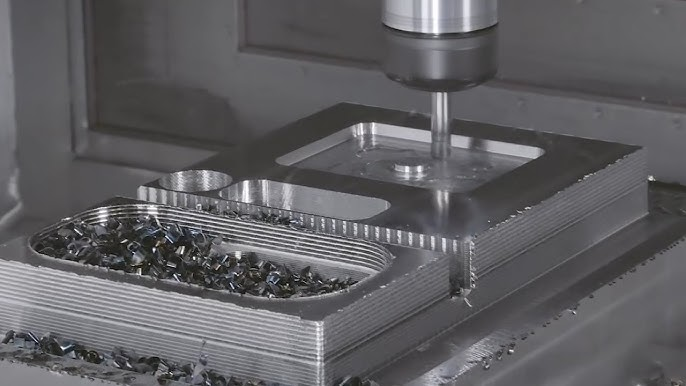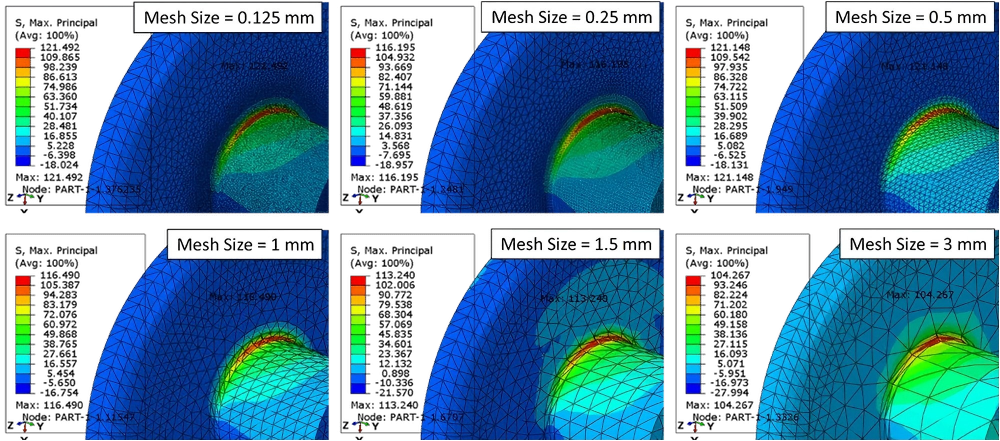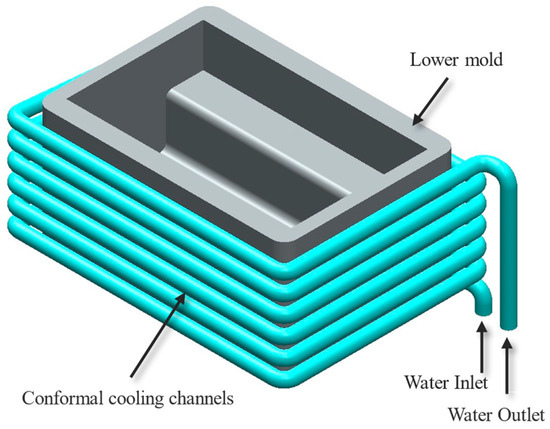Are you worried about the strength of your welded parts? Slag inclusions can be a sneaky problem. They make welds weaker and can cause them to break.
Slag inclusions are things that aren't metal, stuck inside a weld. These unwanted bits make the weld weaker and less durable, which means it can crack or rust more easily. Knowing about slag inclusions and how to stop them is important for making sure your welded products are good quality.
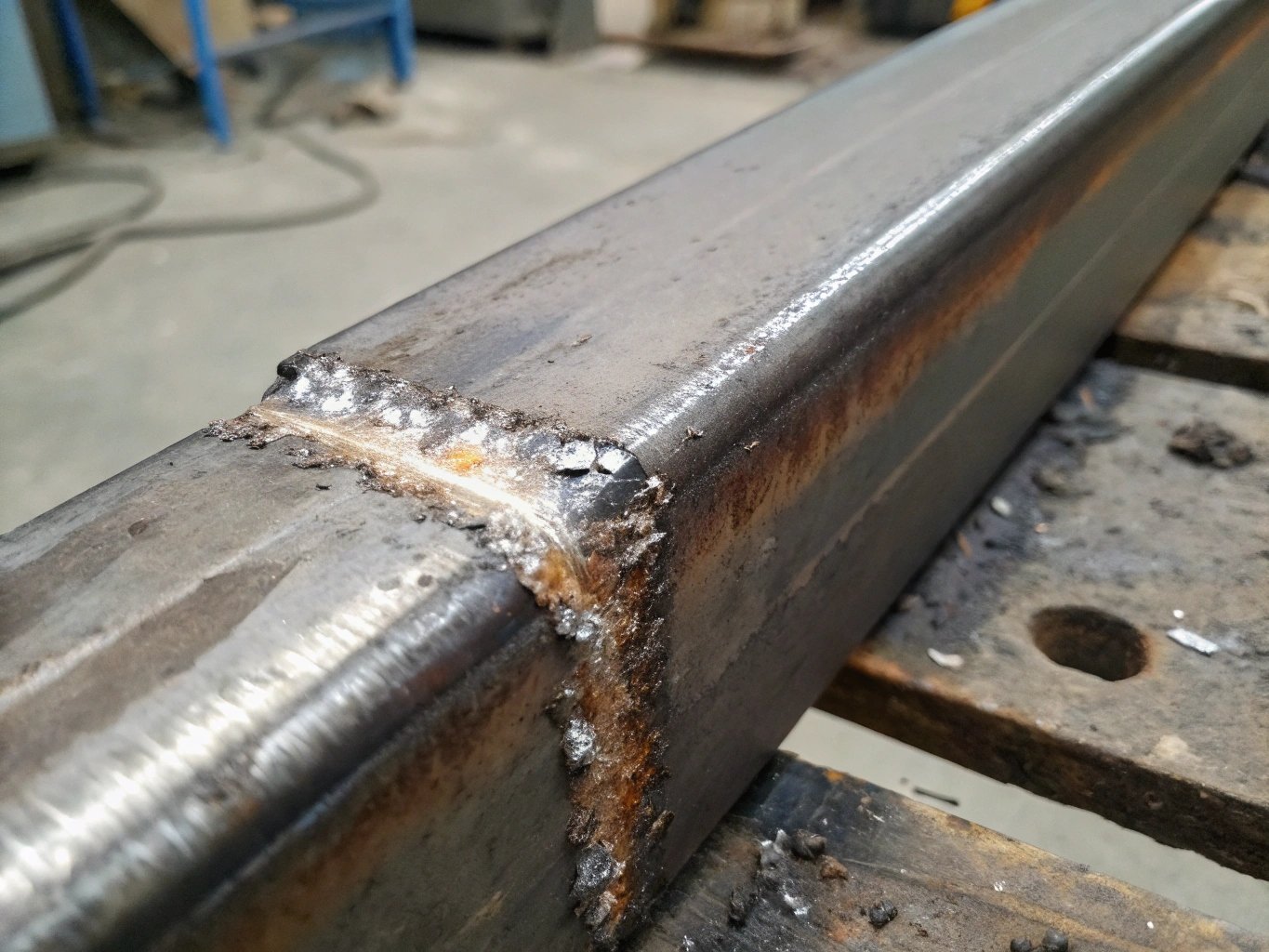
So, let's learn more about slag inclusions. I'll show you how to spot them, stop them, and deal with this common welding problem. We can make sure your welded parts are as good as they can be.
What are Slag Inclusions?
Have you ever felt that something was not right with a weld, but you couldn't figure out what? Slag inclusions might be the reason. They're like small stones stuck in your smooth weld.
Slag inclusions are solids that aren't metal, like oxides and fluxes, that get stuck in the weld metal. These inclusions make the weld weak, so it can break or rust more easily. Think of them as hidden problems that can ruin your final product.
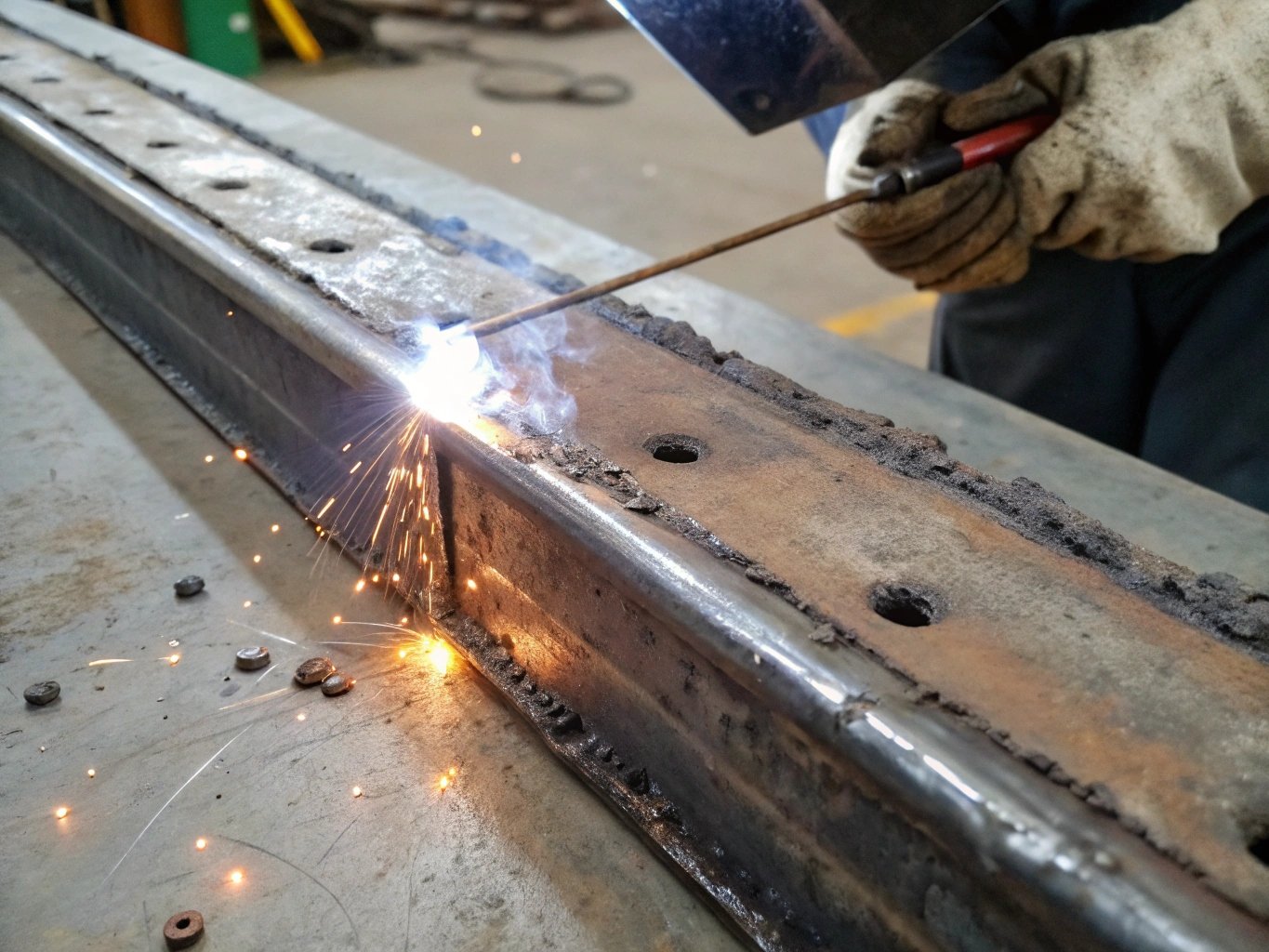
Slag is something that's made when you weld, especially with methods like Shielded Metal Arc Welding (SMAW) and Flux-Cored Arc Welding (FCAW). When welding, the flux melts and protects the weld pool from air and dirt. But, if you don't clean the slag off between passes, it can get stuck in the weld. Slag inclusions can be different sizes and shapes. They can be small bits or long lines in the weld. These inclusions mess up the structure of the weld metal, which can cause stress and breaks. From what I've seen, the type of welding you do can change how likely you are to get slag inclusions. For example, if you use better fluxes and shielding, you usually get fewer inclusions. Also, cleaning the joint well before you start is very important for stopping slag inclusions.
How Do They Affect Your Product Quality?
Imagine building a house with weak bricks. Slag inclusions are like those weak bricks in your weld. They hurt the whole thing.
Slag inclusions make the weld less strong and durable. They can cause it to crack, rust, and eventually break. This not only makes the product not work as well but also makes it not last as long, which can mean expensive repairs or replacements.
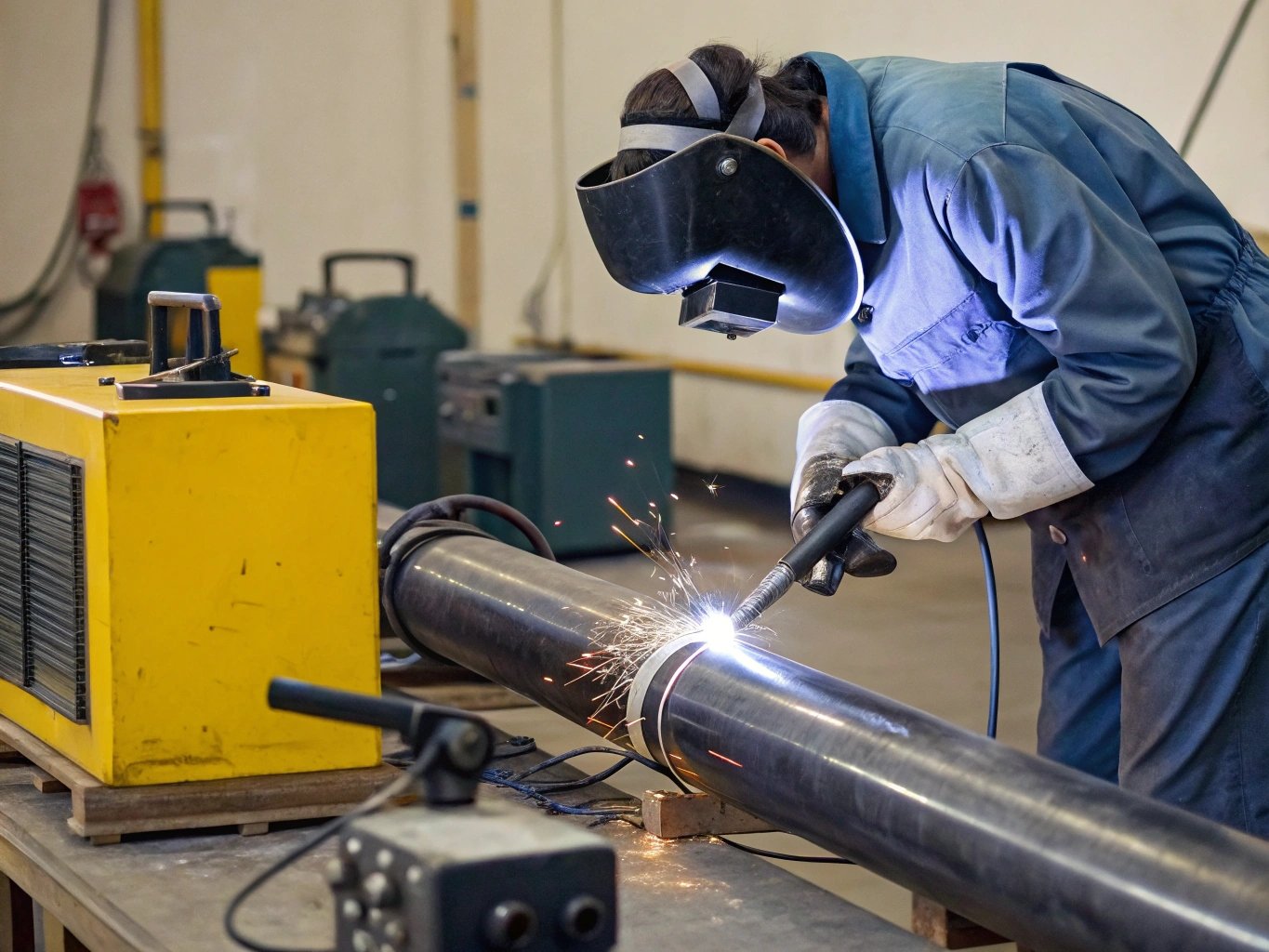
Slag inclusions can really mess up your product quality. In important jobs, like making things for airplanes or cars, even small inclusions can cause big problems. For example, if there's a slag inclusion in a weld on a plane part, it could cause the part to break and the plane to crash. Also, in car parts, inclusions can make the weld weak, which can cause the car to break and be dangerous. From what I've seen, where the slag inclusions are also matters. If they're near the surface of the weld, they can make it rust faster. If they're in places where there's a lot of stress, they're more likely to cause cracks. So, it's important to not only stop slag inclusions but also to find them and see how bad they are using the right tests.
How are Slag Inclusions Formed?
Have you ever wondered how these unwanted things get into your weld? It's all about how you weld and some important things you do.
Slag inclusions happen when melted slag, which is made when you weld, gets stuck in the weld metal when it's cooling down. This can happen if you don't clean between weld passes, if it cools down too fast, or if you're not using the right welding methods. Think of it as the slag not having enough time to get out before the weld cools.

Some things that can cause slag inclusions are not cleaning well between weld passes. When you're welding with multiple passes, you need to clean all the slag off the last weld before you do the next one. If you leave slag behind, it can get stuck in the new weld metal and make an inclusion. Welding settings also matter. If you weld too fast or with the wrong settings, the slag can cool down before it has a chance to float to the surface. The type of welding rod and flux you use can also affect how much slag you get. Some fluxes make more slag than others, and some rods are more likely to cause slag inclusions. Using the right welding method, like keeping the right arc length and angle, is also important to stop slag inclusions.
What Aspects Can We Avoid Them From?
Do you want to keep slag inclusions out of your welds? Stopping them is better than fixing them.
To stop slag inclusions, you need to clean well, use the right welding methods, and control your welding settings. Before you weld, clean the area well to get rid of anything that could cause problems. When you're welding, use the right rod angle and speed, and always clean off the slag between passes.

To really stop slag inclusions, you need to do a few things. First, you need to clean the metal well before you weld. Get rid of any rust, oil, or dirt that could mess up the weld. When you're doing multiple passes, make sure you clean each pass well before you do the next one. Use a wire brush, grinder, or other tools to get rid of all the slag and bits. Using the right welding settings is also important. Use the right amps, volts, and speed for the type of welding and materials you're using. Also, keeping the right arc length and rod angle helps the slag float to the surface of the weld pool. Finally, training and skill are important for stopping slag inclusions. Welders who know what they're doing are more likely to use the right methods and pay attention to details, which means they'll have fewer problems.
How to Detect Slag Inclusions in Welded Parts?
Do you think there might be slag inclusions in your welds? Don't worry, there are ways to find them.
You can spot slag inclusions by looking at the weld, but you often need to use tests like X-rays or ultrasound. Looking at the weld can help you find inclusions on the surface, but X-rays and ultrasound can find the ones hidden inside. These methods help make sure your welds are strong.

Finding slag inclusions takes a few different methods, depending on how big they are, where they are, and how important the weld is. Looking at the weld is a good start, but it only finds inclusions on the surface. You need to use more advanced tests to find the ones inside. X-rays are a common test that can show slag inclusions as dark spots in the weld. Ultrasound uses sound waves to find problems inside, including slag inclusions. Ultrasound is good for thick welds where X-rays might not work as well. Dye penetrant testing is another test that can find inclusions on the surface. You put a dye on the weld, and then use a developer to pull the dye out of any cracks or problems.
What are the Common Detection Methods?
Do you need to pick the right test? Here are the common ways to find slag inclusions.
Common tests include looking at the weld, X-rays, ultrasound, and dye penetrant testing. Looking at the weld is easy but only finds problems on the surface. X-rays and ultrasound can find inclusions inside the weld, while dye penetrant testing is good for problems on the surface.
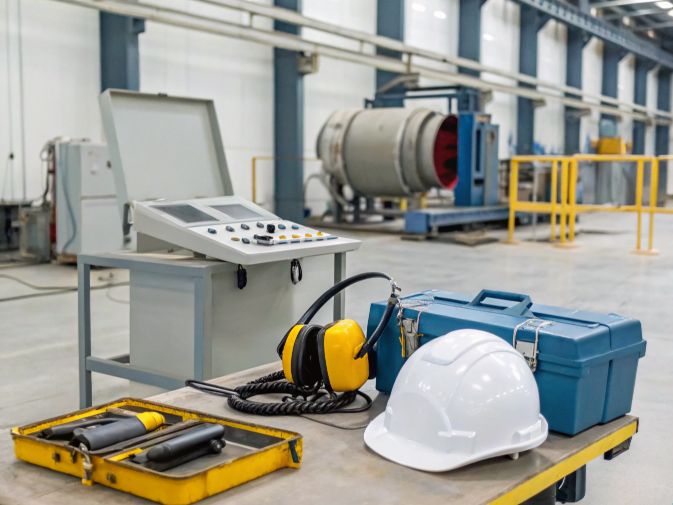
When you're picking a test, you need to think about a few things. Looking at the weld is the easiest test. You just look closely at the weld for any problems. It's cheap and easy, but it only finds slag inclusions on the surface. X-rays are a better test that can find inclusions both on the surface and inside the weld. You send X-rays through the weld and take a picture. This test is good at finding slag inclusions, but you need special equipment and trained people. Ultrasound is another test that's used a lot. It sends sound waves into the weld and listens for the echoes. Ultrasound is good for finding inclusions inside thick materials. Dye penetrant testing is a cheap and easy test for finding problems on the surface.
Conclusion
Slag inclusions are a big problem for weld quality. But if we know what causes them, how to stop them, and how to find them, we can make sure our welds are strong and safe.





